44+ Sample Implementation Plans
-

Project Implementation Plan
download now -
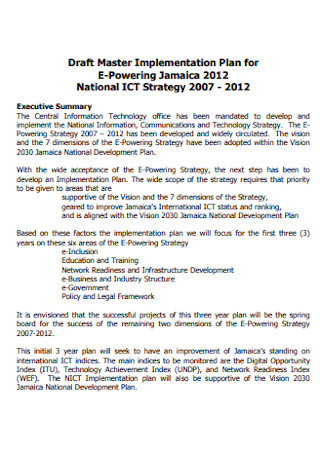
Master Implementation Plan
download now -

Strategy Implementation Plan
download now -
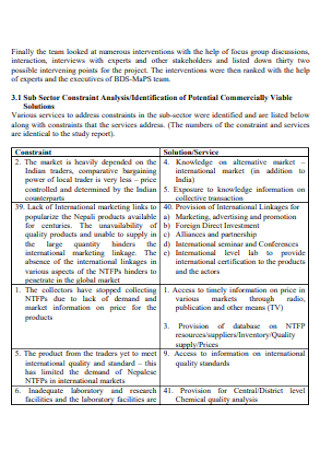
Detailed Implementation Plan
download now -

Sample Imnplementation Plan Example
download now -

Education Implementation Plan
download now -
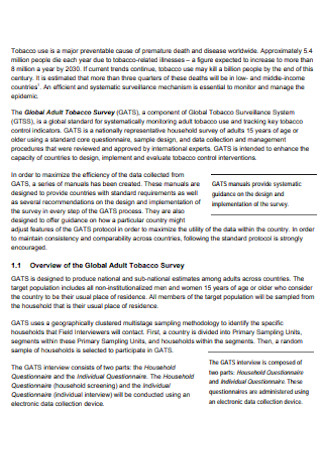
Data Management Implementation Plan
download now -
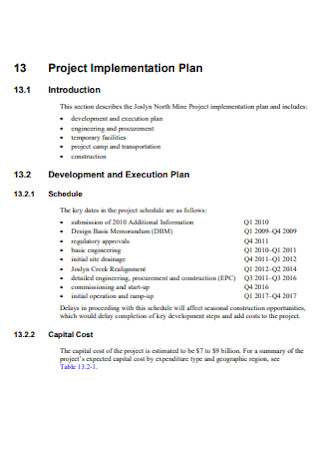
Sample Project Implementation Plan
download now -
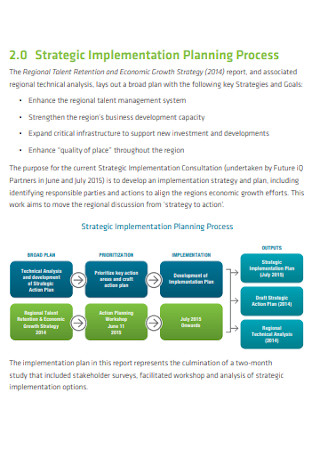
Basic Strategic Implementation Plan
download now -

Sample Curriculum Implementation Plan
download now -
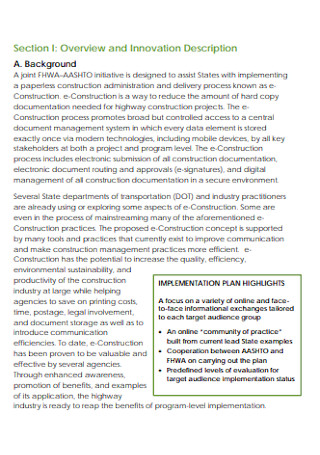
Construction Implementation Plan
download now -

Programme Implementation Plan
download now -

Curriculum Implementation Plan
download now -
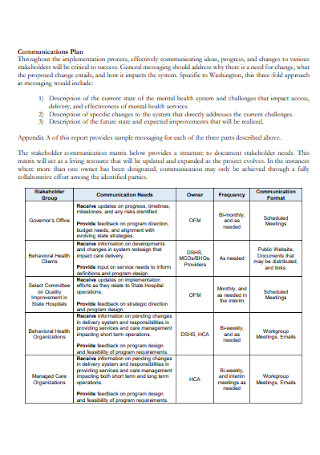
Implementation Communication Plan
download now -
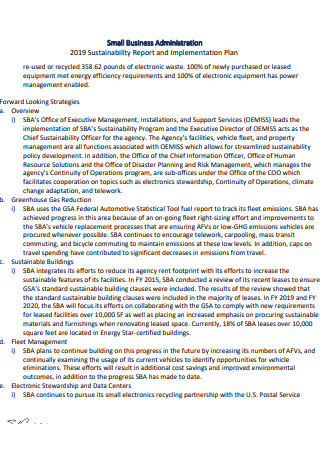
Small Business Implementation Plan
download now -
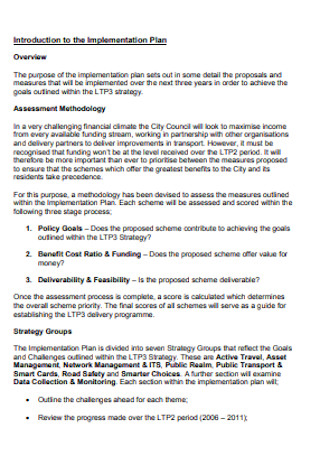
Implementation Plan Format
download now -
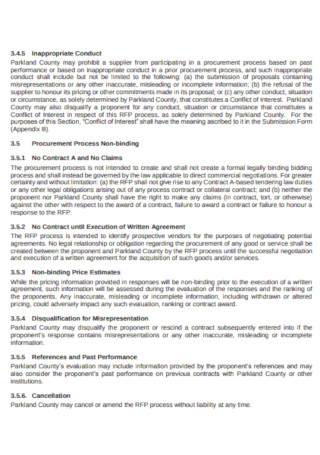
Marketing Implementation Plan
download now -

IT Implementation Plan
download now -
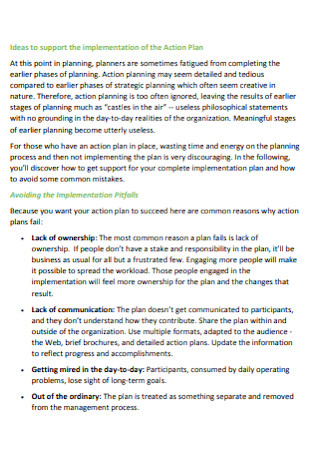
Implementation of the Action Plan
download now -
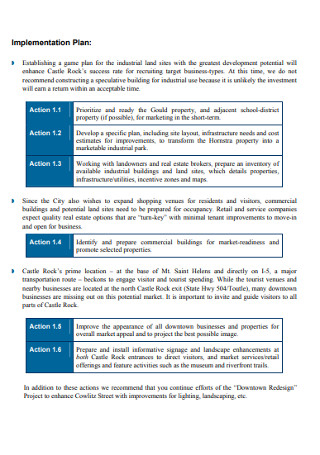
Simple Marketing Implementation Plan
download now -

Engineering Education Implementation Plan
download now -
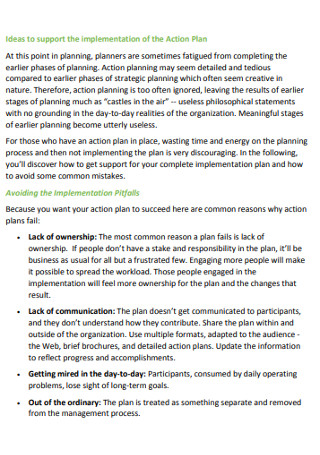
Implementation Action Plan
download now -

Annual Marketing Implementation Plan
download now -
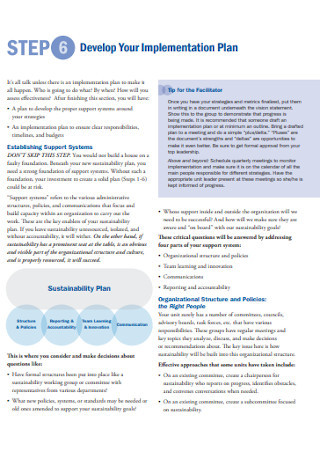
Develop Your Implementation Plan
download now -
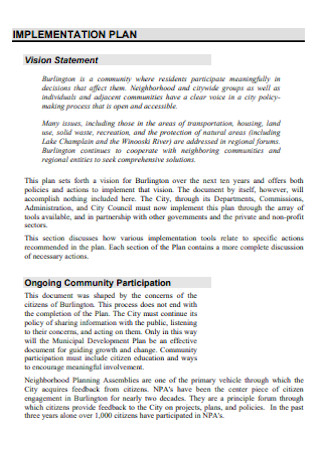
Muncipal Implementation Plan
download now -

Detailed Implementation Plan Example
download now -
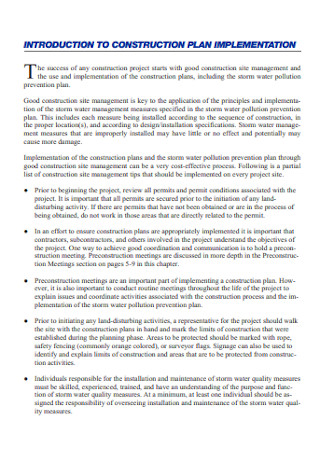
Construction Plan of Implementation
download now -
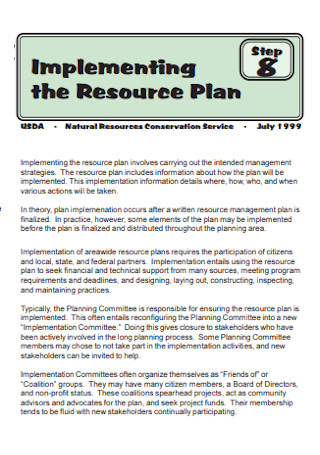
Implementing the Resource Plan
download now -

Child Nutrition Implementation Plan
download now -

Equitable Development Implementation Plan
download now -
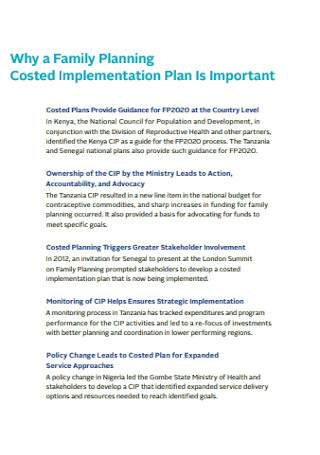
Costed Implementation Plan
download now -

Mental Health Implementation Plan
download now -

Sustainability Implementation Plan
download now -
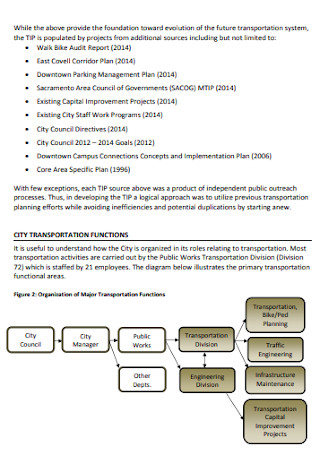
Transport Implementation Plan
download now -
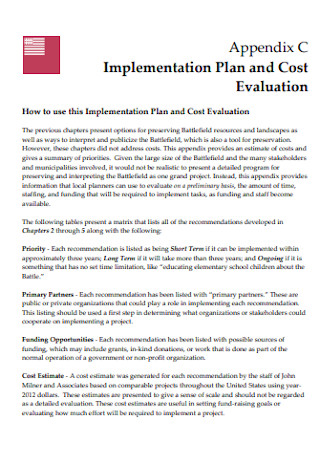
Implementation Plan and Cost Evaluation
download now -
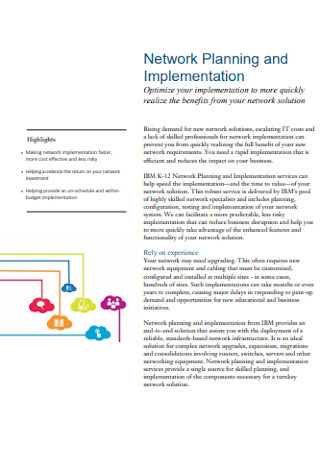
Network Plan for Implementation
download now -

Assest Management Implementation Plan
download now -
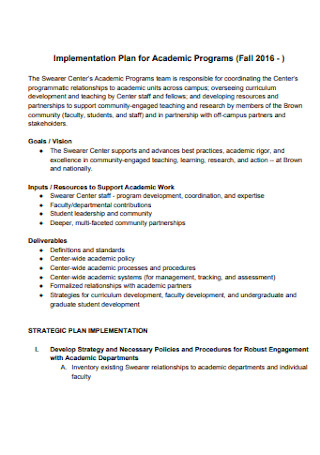
Implementation Plan for Academic Programs
download now -
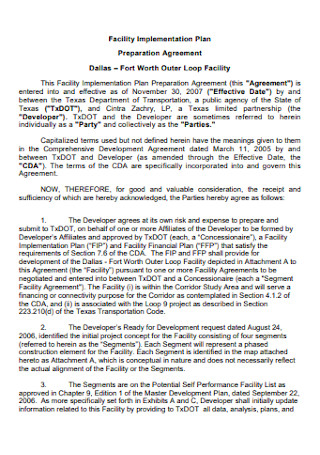
Facility Implementation Plan
download now -
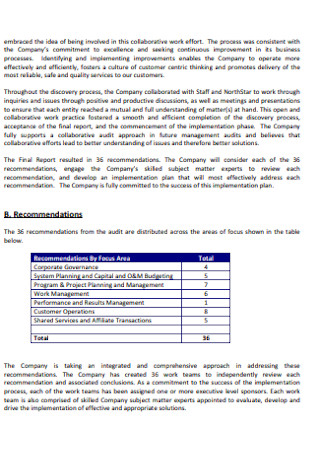
Audit Implementation Plan
download now -
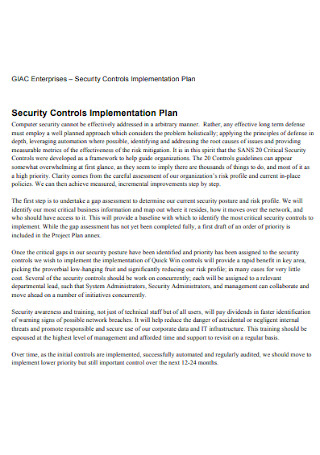
Security Controls Implementation Plan
download now -
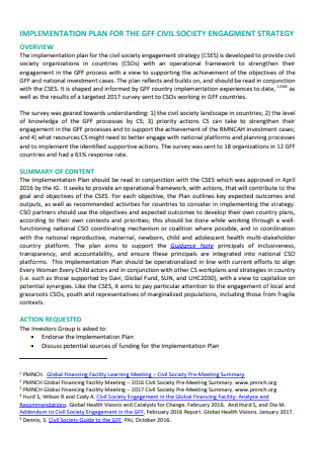
Implementation Plan for Civil Society
download now -
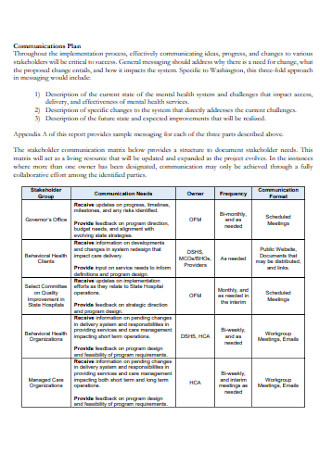
Implementation and Communication Plan
download now -

Implementation Plan Report
download now
FREE Implementation Plan s to Download
44+ Sample Implementation Plans
What is an Implementation Plan?
Common Examples of Implementation Plans
Different Stages of Implementation Planning Process
How to Write an Implementation Plan
FAQs
What are the fundamental components of an implementation plan?
What are the major stages of an implementation plan?
What are some examples of implementation plans?
What are the different implementation methodologies an organization used for the development of a new system?
What is an Implementation Plan?
An implementation plan is a progressive document or list of project tasks that outlines a strategic plan for an organized execution of a project. As a step-by-step project planning method, it displays a clear and detailed timeline of the project, as well as some crucial information related to the stakeholder responsibilities, team dynamics, and resource allocation. Also, this roadmap guides all key individuals such as project managers, owners, and team leaders in carrying out all fundamental processes and tasks for the completion and success of their business, project, program, or new product launch.
Based on a statistical report, some business firms, organizations, and industries see an approximately 75% failure rate in the way they execute their plans. That’s why preparing a well-integrated implementation plan will surely help them to succeed in their business, projects, and other works. Thus, all kinds of project managers, business team leaders, operational managers, product developers, educators, system developers, marketing specialists, software engineers, and researchers in wide-ranging fields and sectors should effectively create a compelling and strategic implementation plan.
Common Examples of Implementation Plans
Successful teams typically have learned, developed, and applied a mix of complementary skills including functional or technical expertise, interpersonal skills, decision-making skills, and problem-solving skills from the challenges that they encountered in their projects. One of the important aspects that you need to be skilled for is being familiar with the common examples of implementation plans. There are many diverse implementation plans, and project plans from different businesses and industries that you can use for extensive purposes.
1. Project Implementation Plan
A project implementation plan is an integral part of effective project management that aims on documenting how you will work on a certain project. The project team includes the major points of the project such as goals and deliverables to execute the plans. Companies and organizations need to make sure that their project management plans are efficient and strategic because studies have shown that 11.4% of business investment is wasted due to poor project planning and management. A well-thought project implementation is comprised of deliverables, key performance indicators or KPIs, and speed bumps or unplanned circumstances that may influence the project’s progress.
2. Strategy Implementation Plan
Define your implementation strategy for your project using a strategy implementation plan. It is a strategy action plan that describes the resources, assumptions, short-term and long-term results, budget, and roles and responsibilities of the team. Often integrated with a project execution plan, it explains the activities and decisions crucial in turning the strategic goals into reality. You need to create a strategy implementation plan to heighten your project’s success rate because the Harvard Business Review stated in their report that businesses and corporate firms with a strategy implementation and execution plan saw 70% greater returns.
3. Software Implementation Plan
Are you currently working on the implementation of specific software for your business? Using new software for your business or organization can be expensive and time-consuming for your human resources and finances. When you construct an effective software implementation plan, it will assist you in making wise decisions, making sure that skilled professionals are involved in the software implementation, configuring the system appropriately, as well as providing sufficient training for employees while adopting the worthwhile advantages of the software. To build an effective software implementation plan, you must build your business case, select the right vendor, protect against scope creep, gather a software implementation team, and put the new software in use.
4. Brand Marketing Implementation Plan
Create a cohesive marketing project plan and implementation plan for your brand marketing work to help you determine how you can unravel your new brand assets in a manageable, measurable, and tactical way. This document simplifies the launch of your brand, mitigates risk, and enhances your chances of having a sustainable brand for your business. Start with including some details of the timeline or schedule of your branding or rebranding project and a need-to-know sequence to identify how you are going to communicate your ideas with each audience. Then, consider making a communication plan so that you set the right strategies for telling your brand story to your customers on various platforms.
Different Stages of Implementation Planning Process
A statistical report revealed that skilled implementation planning of companies and organizations is one of the primary reasons strategic initiatives succeed as they accomplished at least two-thirds of their strategic objectives, with 50%, 67%, and 54% accomplishing less than 50%. It is essential to recognize and understand the different stages of the implementation planning process.
How to Write an Implementation Plan
Writing an effective and impressive implementation plan can be challenging and overwhelming for our new members in the project implementation team. There are several steps that you need to carefully consider while writing a successful project implementation plan, as well as other plans like a software release plan.
Step 1: Determine the Important Requirements
The first thing you need to do is to determine the important requirements of your project by collecting the requirements from the stakeholders. Have solid communication skills so that you are able to convey the requirements clearly. Be specific while outlining the requirements.
Step 2: Explain the Project Scope and Value
Detail the highlights of all the integral components of the project such as major deliverables, project timeline, resources, activities, and boundaries. Explain the scope and value of your project to know if everything is achievable and logical. Then, break down the scope of the project into smaller tasks called work packages. Segment the project into unique parts and assign resources to each one of your team. Take note of the coordination and efficiency of the project implementation plan.
Step 3: Create a High-Performance Implementation Team
A project team must be completed with crucial members such as the project manager, team members, project sponsor, executive sponsor, and business analyst. Assign the critical roles and responsibilities to well-equipped people who have the proper skills and experience to achieve the requirements of the project.
Step 4: Set Baselines for the Performance Measurement
Track and measure the current performance of the project. Use baselines to indicate and specify how you want the project to move forward. Take corrective actions when the progress of the project needs to be aligned with the baselines.
Step 5: Proofread and Finalize the Plan
Check your overall implementation plan and ensure that you fully add all the critical points to your project implementation plan. Ask your implementation team members for their valuable feedback evaluation and opinions on the content of the implementation plan. Proofread, edit and revise the implementation plan as soon as possible.
FAQs
The fundamental components of an implementation plan are selected project management and development tools, preliminary research, strategic plan alignment, project summary, list of resources and materials, goal monitoring and measurement, buy-in criteria, stakeholder management, operations plan, project management plan, main stages and tasks, security, and glossary of terms.
The major stages of an implementation plan are exploration, installation, initial implementation, complete implementation, and expansion and scale-up. The exploration stage is where the project managers and team leaders identify the need for change, demonstrate an innovation or set of practices that will fulfill that need, and consider thoroughly whether or not to move ahead with the implementation plan. The installation stage takes place when they set system capacity which will aid the implementation of the new practices at chosen sites. The initial implementation stage is the time to carry out new practices at chosen implementation sites. The complete implementation happens to ensure high-quality practices and applied and to reach anticipated results at all preliminary sites. While the last stage, expansion or scale up occurs when increasing the number of sites.
Some examples of implementation plans are project implementation plan, master implementation plan, strategy implementation plan, data management implementation plan, curriculum implementation plan, construction implementation plan, small business implementation plan, brand marketing implementation plan, IT implementation plan, child nutrition implementation plan, mental health implementation plan, sustainability implementation plan, asset management implementation plan, software implementation plan, and qualitative assessment implementation plan.
The different implementation methodologies used for a new system are direct cutover, pilot implementation, parallel operation, and phased implementation. The direct cutover is a fast and least expensive implementation methodology in which the organization chooses a specific date that the old system will no longer use. Pilot implementation is used when a subset of the organization or a pilot group begins using the new system before the rest of the organization. The most expensive implementation methodology is the parallel operation in which the old and new systems are utilized simultaneously as full support for both systems is necessary. Phased implementation is used when various functions of the new application are adopted.
Project managers, researchers, and team leaders develop clear and well-defined implementation plans to carry out the proper execution of their business, project, research work, or new product. When designing an effective implementation plan, it is integral to be specific as much as possible, perform further research as needed, collect data from similar past projects, and streamline communication within your project team. Thus, we have included implementation plan samples, construction implementation plan examples, implementation business plan templates, brand marketing implementation plan samples, IT implementation plan templates that you can easily access and utilize for your current and future business, project, or research work.
What are the fundamental components of an implementation plan?
What are the major stages of an implementation plan?
What are some examples of implementation plans?
What are the different implementation methodologies an organization used for the development of a new system?
